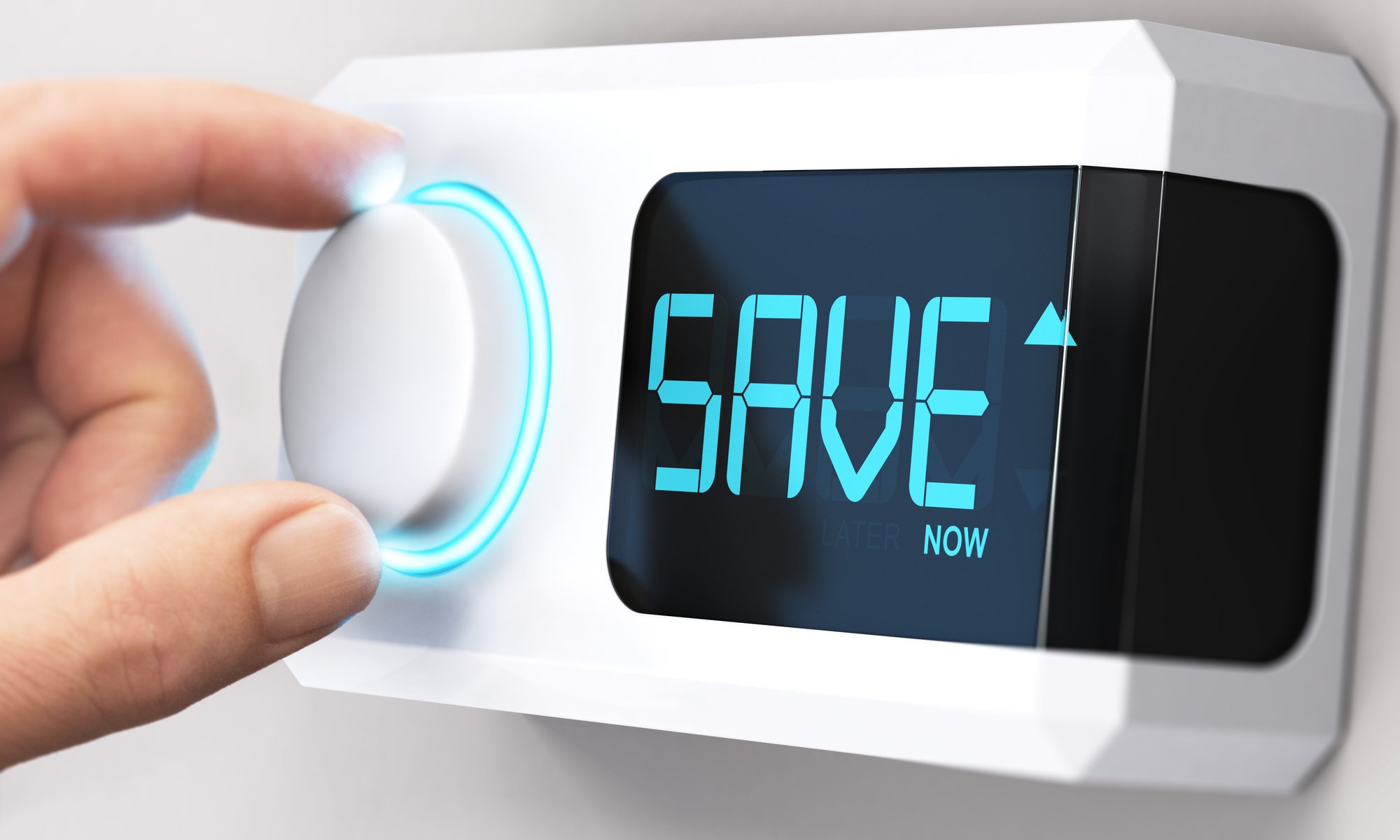How To Save Money On Energy Bills - And Energy-Efficient Insulation To Your Home

Energy-Efficient Insulation: It is the latest and one of the most popular type of insulation available today. It's a fiberglass, cellulose or sprayed foam that has been specially treated to hold heat and/or to provide sound proofing. It is manufactured in three-foot by three-foot sections and can be easily rolled to make very tight and sturdy sheathing. In addition, it can resist high humidity, high temperatures, is water resistant, dust proof, and non-allergenic. This insulation also provides excellent soundproofing, especially if fiberglass or cellulose is used in its construction.
The primary advantage of energy-efficient insulation is that it reduces your energy bills by allowing cooler air in and cooling, as well as heating, during cold winter months. Unfortunately, many homes are not properly insulated, which results in warm attic temperatures that trap heat and don't let fresh air in. In fact, if you live in a cold climate but have no attic at all, then your attic is probably not insulated. That means your home is not properly insulated and you may be paying thousands of dollars a year in excessive heating and cooling costs. Click now for more information about efficient energy insulation.
So, what's the solution? Install energy efficiency insulation material on your exterior walls. It may be necessary to add additional layers to keep moisture out, but you will find it easier to get an energy efficiency rating on your home when you use this type of new home improvement. Plus, it can make existing insulation (old brick, drywall, cellulose fiber board) obsolete. Remember, when you are considering an Energy-Efficient Insulation project, you don't have to replace everything. If you just need a couple of coats of new insulation in certain areas, that's fine; if you want to do a complete remodel of your house and build in Energy-Efficient Insulation, then that's great too!
In my state, many real estate investors have started using Energy-Efficient Insulation as a tool for improving their homes. And it's not just a question of cost either. In some parts of the northeast, houses without any insulation are selling for well over the actual cost of the insulation. This makes perfect sense because the Energy-Efficient Insulation reduces the loss of heat through ventilation - another important issue in Energy-Efficient housing. If you are a real estate investor, I would encourage you to research Energy-Efficient Insulation and see if it would be a good investment for your portfolio. At the Green Home Specialties firm there are top efficient insulation methods that you can use.
Another option for energy-efficient insulation in the house is spray foam insulation. Spray foam is a new addition to the family of options available for home improvement, but it is beginning to get a lot of attention from professional insulation contractors who specialize in this application. In my opinion, spray foam is more attractive than cellulose fiber board insulation because of its appearance. Spray foam insulation is made of polyurethane foam and is available in several different densities to adequately insulate the walls of your home. If you want to make sure that you have the best type of insulation to install in your home, I would highly recommend you research Energy-Efficient Insulation as it is one of the best available on the market.
When considering what type of home improvement project you need to do to save money on energy bills, I would highly recommend the addition of Energy-Efficient Insulation to your overall plan. In addition to saving money on your energy bills, you will also have the added benefit of reducing your carbon footprint. Did you know that if you install Energy-Efficient Insulation in all of the rooms that you cannot do otherwise, that you could potentially save money on your electricity bill by up to 40 percent? That's right, if you install the right insulation in the right rooms, you can actually lower your energy bills by up to 40 percent! This means that instead of installing expensive electrical wiring in your home, you could simply install Energy-Efficient Foam Panels. This type of insulation will require almost no maintenance and installation and will last for decades if properly installed. Continue reading, to check out more content related to this article here: https://en.wikipedia.org/wiki/Energy_conservation.
